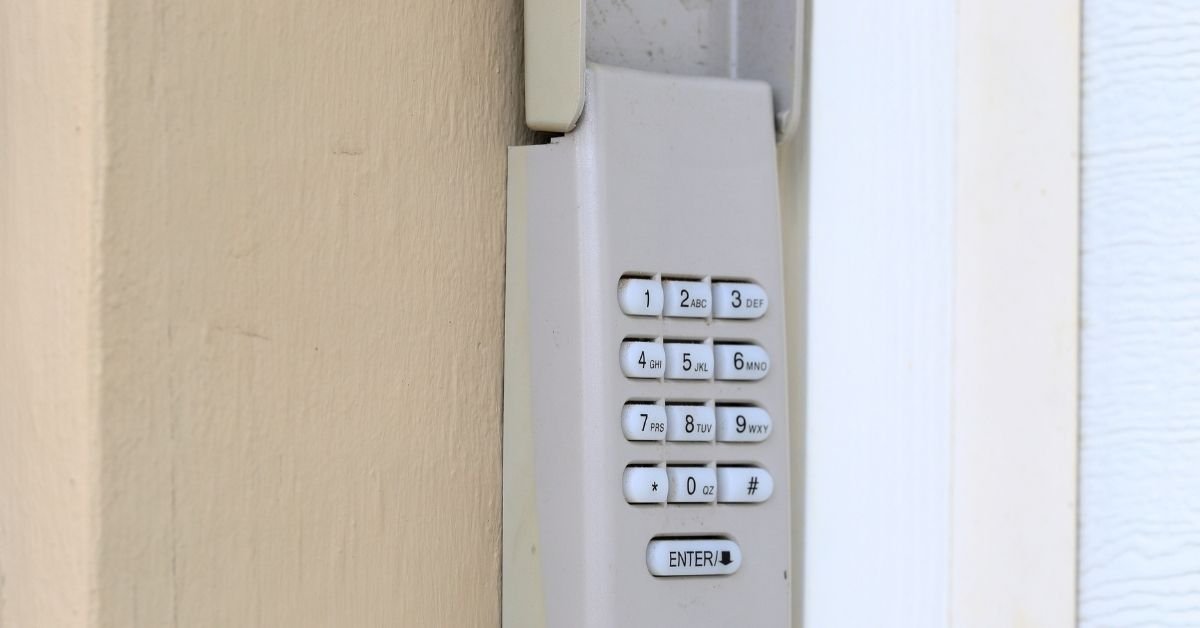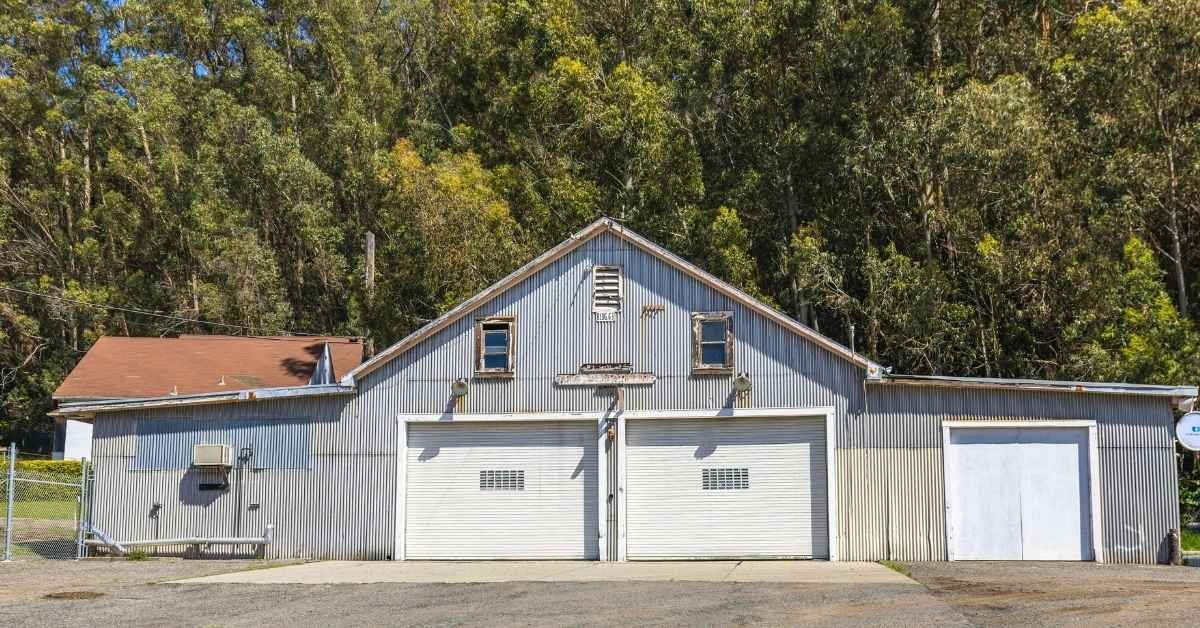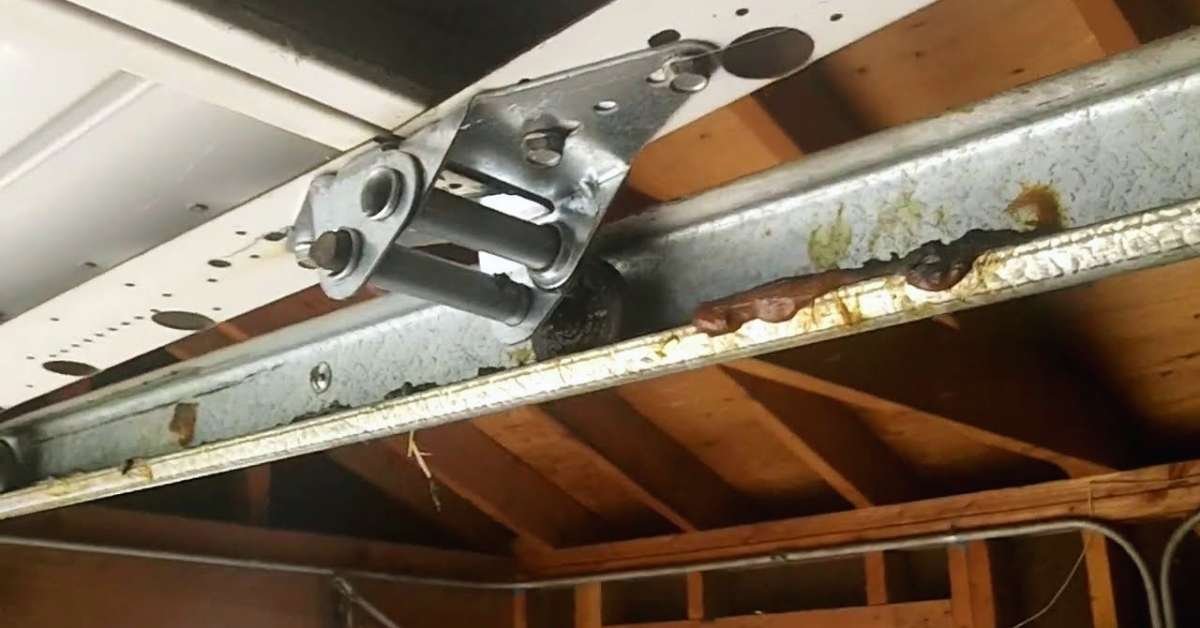Why Won’t My Garage Door Close? Quick Fixes And Smart Troubleshooting Tips
In this comprehensive guide, we will walk you through the answer of a frequently asked question Why Won’t My Garage Door Close? And, we will provide step-by-step solutions. With clear instructions, we’ll make it easy for you to solve the problem and get your garage door back to its reliable and secure operation. Before we go for the “how,” let’s explore the “why.”
Table of Contents
There Are Several Common Reasons Why Your Garage Door May Not Close:
Sensor Obstruction: Garage doors are equipped with safety sensors that prevent them from closing if there’s an obstruction in their path. These sensors can be tripped by anything in their line of sight, from leaves to toys.
Sensor Misalignment: Sometimes, the sensors themselves become misaligned, causing them to misinterpret their surroundings.
Broken Springs Or Cables: If your garage door has damaged or broken springs or cables, it may be unsafe to close, and the opener may prevent it from doing so.
Common Signs Of A Garage Door That Won’t Close
Understanding The Signs That Your Garage Door Won’t Close Is Important For Instant Solutions:
- The garage door starts to close but immediately reverses.
- The opener or remote control doesn’t respond when you attempt to close the door.
- You hear unusual clicking or grinding noises during the closing attempt.
- The door remains partially open despite your attempts to close it
Now, let’s proceed with the step-by-step guide on troubleshooting and solving the issue when your garage door won’t close.

Step 1: Safety First
Safety should always be your top priority when working on your garage door. Before attempting any troubleshooting, unplug the garage door opener to prevent it from activating accidentally. Clear the area around the door to ensure a safe workspace.
Step 2: Sensor Inspection
- Examine the safety sensors located near the bottom of your garage door frame.
- Check for any obstructions or debris that might be blocking the sensor’s line of sight.
- Wipe the sensors clean and ensure they are properly aligned.
If the sensor indicator lights are blinking or off, this indicates a misalignment issue.
Step 3: Sensor Alignment
If the sensor indicator lights are not lit or are blinking, they may be misaligned.
- Adjust the sensors by gently moving them until their indicator lights are steady.
- Ensure they are pointing directly at each other and not at an angle.
Step 4: Test The Door
After aligning the sensors, test your garage door by trying to close it using the opener or remote control. If the issue was sensor misalignment, the door should now close smoothly.
Step 5: Observe Spring And Cable Condition
- Inspect the springs and cables of your garage door.
- If you notice any broken or damaged springs or cables, the door may be unsafe to close.
- It’s essential to address these issues promptly, but they usually require professional assistance.
Step 6: Regularity In Maintenance
Regular maintenance can prevent many garage door issues.
- Lubricate moving parts, such as rollers, tracks, and hinges, to reduce friction.
- Tighten loose hardware, and keep the tracks clean and free of debris.
Step 7: Check The Door Balance
A garage door that is out of balance can cause problems with closing. You can perform a simple balance test by disconnecting the opener and manually lifting the door halfway. If it doesn’t stay in place, it may be unbalanced and require professional adjustment.
Step 8: Garage Door Opener Adjustment
If your garage door opener isn’t responding or seems to struggle when closing the door, it may require adjustment. Consult your opener’s manual for guidance on adjusting the force settings. Often, there are dials or buttons on the opener unit that allow you to control how much force the opener uses to open and close the door. Adjust these settings to ensure the opener functions correctly.
Step 9: Weather-Related Issues
- In extreme weather conditions, such as very hot or very cold temperatures, your garage door may experience issues closing.
- Metal components can expand or contract, affecting the door’s operation.
If this is a recurring problem, consider insulating your garage door or investing in a weather seal to help regulate temperature.
Step 10: Routine Maintenance For Preventative Care
Preventing issues with your garage door is as important as troubleshooting when they occur. Regular maintenance can prevent many common problems, including those related to closing issues. Consider scheduling routine inspections by a professional to keep your garage door in top condition.
Step 11: Seeking Professional Assistance
In some cases, the problem may be too complex or dangerous to resolve on your own. If you’re unable to diagnose or fix the issue, or if it involves structural problems, damaged springs, or cables, it’s wise to consult with a professional garage door technician. These experts have the knowledge and tools to identify and fix complex problems safely.
Step 12: Training Sessions
To avoid future issues with your garage door not closing, train your family members or anyone who uses the garage about the importance of keeping the area clear and being cautious about placing obstructions in the door’s path.
Step 13: Exploring Modern Garage Door Technology
Advancements in garage door technology have introduced new features that can enhance the reliability of your garage door operation. Some modern garage door openers are equipped with battery backup systems that ensure the door can close even during power outages, providing an additional layer of security.
Step 14: Smartphone Integration And Control
Consider upgrading to a smart garage door opener that allows you to control and monitor your garage door via your smartphone. These systems provide convenience, allowing you to check the status of your door and control it remotely. Some even offer alerts and notifications, ensuring you are always aware of the garage door’s status.
Step 15: Routine Maintenance For Longevity
While fixing problems is important, regular maintenance can significantly extend the lifespan of your garage door. An annual professional inspection can help detect and address potential issues before they become major problems. These inspections often include lubrication of moving parts, tightening of hardware, and an assessment of the door’s balance.
The Role Of Proper Insulation
In regions with extreme weather conditions, proper garage door insulation can be a game-changer. Insulated garage doors can help maintain a stable temperature inside your garage, which reduces the impact of temperature-related issues on door operation. They also improve energy efficiency and offer a quieter operation.
When To Consider Garage Door Replacement
If your garage door is aging, experiencing frequent issues, or lacks modern safety features, you might consider replacing it. A new garage door not only provides improved performance but can also enhance your home’s curb appeal and overall security.

Summing Up: The Convenience Of A Reliable Garage Door
A garage door that refuses to close can be a frustrating experience, but by understanding the common issues and the mentioned steps, you can often resolve the problem on your own. Additionally, staying up-to-date with modern garage door technology, routine maintenance, and considering insulation can enhance the reliability and longevity of your garage door. Remember that the security and proper operation of your garage door are essential for the safety and convenience of your home. By following the steps in this article and proactively addressing issues, you can ensure that your garage door remains a dependable and secure part of your property for years to come.






